I’ve been having a lot of fun digging back into my travels from the past decades and figuring out which cocktail SVV and I are making that week. And though I don’t exactly have to tell you how to make a gin and tonic—er, it’s two ingredients, and the name kind of says it all…—my time in England a few years ago opened my eyes to all the different varieties of G&Ts there are out there, as well as how different gins pair with spices.
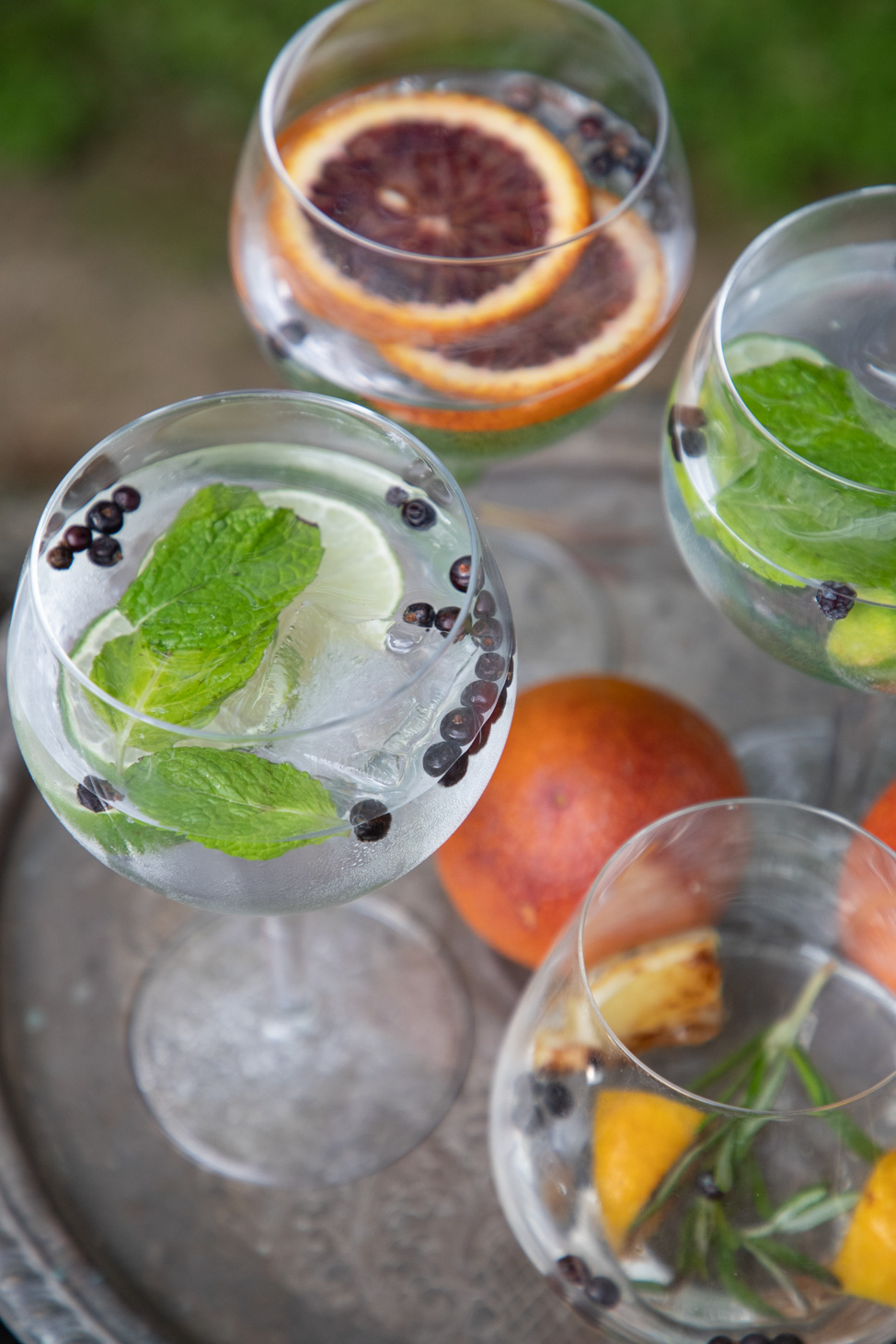
Traveling to Liverpool
I’d already started to dabble in your regular gin and tonic when I went to Liverpool on assignment five years ago, but I was traveling solo and thanks to a chance encounter at a bar, I learned to love gin—from a gentleman who knows his gin.

The great thing about traveling solo is it’s easy to adapt on the fly; for my assignment, after exploring the architecture of Liverpool, I was supposed to drop by the Philharmonic for a nightcap, only to arrive and find it closed for renovations. I’d heard great things about the Belvedere Arms from the locals I’d met so far and off I went in search of this local watering hole instead.
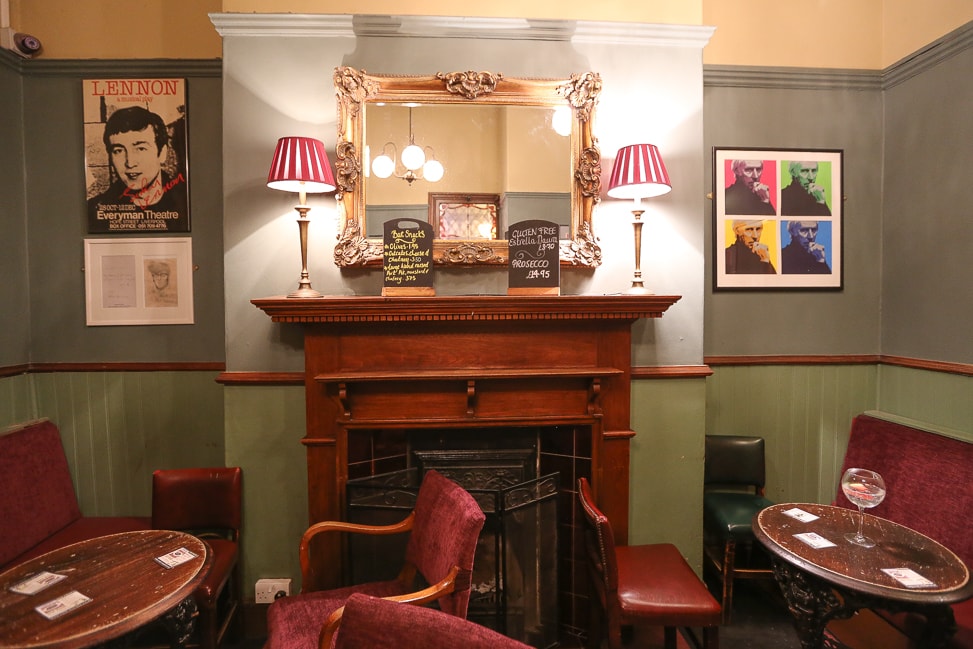
It wasn’t the easiest place to find with the exterior of the pub unmarked. I pushed the door open, and it went silent: A dozen middle-aged British men turned to stare at me.
“Uh … are you open?” I asked, one foot half out the door, ready to head on to the next bar.
“Honey, we’re always open!” one of them said, motioning me in. Who am I to say no to a Brit with a smile?
I sat down and ordered my second Liverpool Gin & Tonic of the day—because when in Liverpool, right?—and as it just so happened, the owner of the Belvedere also owns Liverpool Gin, a premium organic gin that’s been around for nearly a decade now.
Even better, but the Belvedere landlord/master distiller, John O’Dowd, happened to be present, and after awhile, we got to talking about his plans for expansion—since my trip, they’ve officially opened the Liverpool Gin Distillery to visitors—as well as the history of the pub. John Lennon used to frequent it, apparently, which is no surprise really, as there’s nowhere in this town the Beatles didn’t go!
My “quick” nightcap turned into three G&Ts—made with Valencia orange and mint or watermelon and juniper berries—turned into me accompanying a retired postman, a part-time chef/part-time musician and a horse handler down the street to the Grapes for jazz night. It was a trip for the books—and cemented my fast-growing love for gin and tonics.

The history of the gin and tonic
My first attempt at trying to appreciate gin was when I was just 24 years old and invited to a ritzy event put on by Bols Genever, said to be the oldest style of gin. You see, much like my husband, gin originated from Holland, and much like my husband, my first taste of gin was one I cared not for. (Luckily, I learned to appreciate and even adore both over time.)
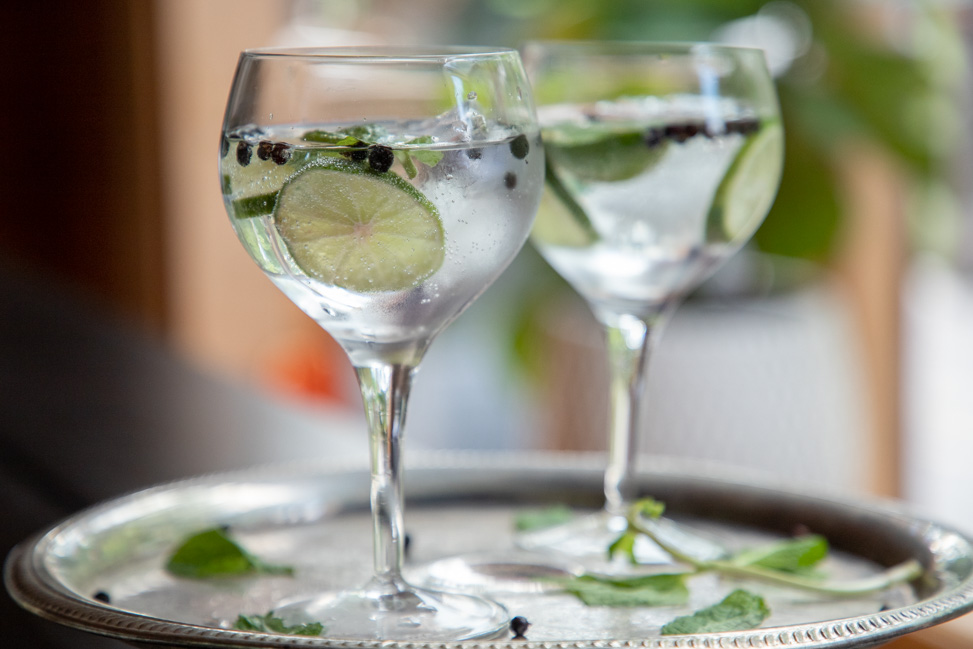
Yes, gin as we know it originated in Holland; the Dutch word for juniper is genever, and the distilled spirit was huge in the Netherlands beginning in the 17th century. But the gin and tonic as a cocktail was actually the brainchild of the British Empire.
The Brits “discovered” genever during the Thirty Years War and brought it back with them; it quickly became the next big distilling trend in England. A century later when the Crown started ruling India, British soldiers had to take protective doses of quinine—which came from the cinchona bark—to ward off malaria, particularly in the wetter, more tropical regions of the country.
Because quinine was so bitter, the Brits starting dissolving it in water, then mixing in soda and sugar, which is how tonic water came to be. It didn’t take long until they thought to add their beloved spirit, and voila! The G&T was born.
“Gin and tonic has saved more Englishmen’s lives, and minds, than all the doctors in the Empire.” —Winston Churchill
If you’re someone who, like me, has taken anti-malarial medication on multiple occasions while visiting Africa, Asia and beyond, I’m sure you’d like to know the obvious: Does this mean we can all forego malarone, doxy, and hydroxychloroquine and skip right ahead to G&Ts for “medicinal purposes” on our next far-flung jaunts?!
I wish. Modern-day tonic does not contain the quantity of quinine it once did, unfortunately for the travelers among us.
How to make a gin and tonic
A gin and tonic could, literally, not be an easier drink to put together. It’s only two ingredients—you know where I’m going with this: gin and tonic water. But finding a gin you really love is key, as the flavor profiles can vary dramatically, with some being more citrusy, others being heavy on the juniper and still others being more floral in nature; all are made with a neutral grain spirit base that is then steeped with botanicals or steamed through a column still.
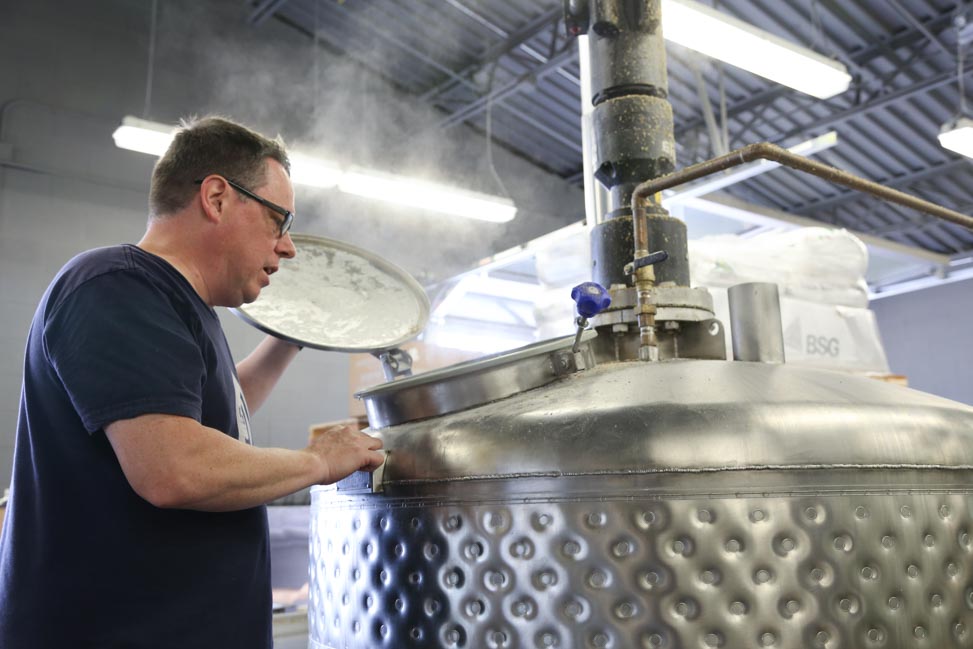
Personally, we are big fans of H Clark dry gin, which you can get at most liquor stores in Tennessee. I also really love Castle & Key, which is distributed throughout both Kentucky and Tennessee. For a more widely-available gin, Tanqueray, Uncle Val’s and Hendrick’s are our go-tos. I also recently picked up a bottle of Ryan Reynolds’ Aviation gin and thought it was great, particularly for the price point (about $20 at the California supermarket where I found it).
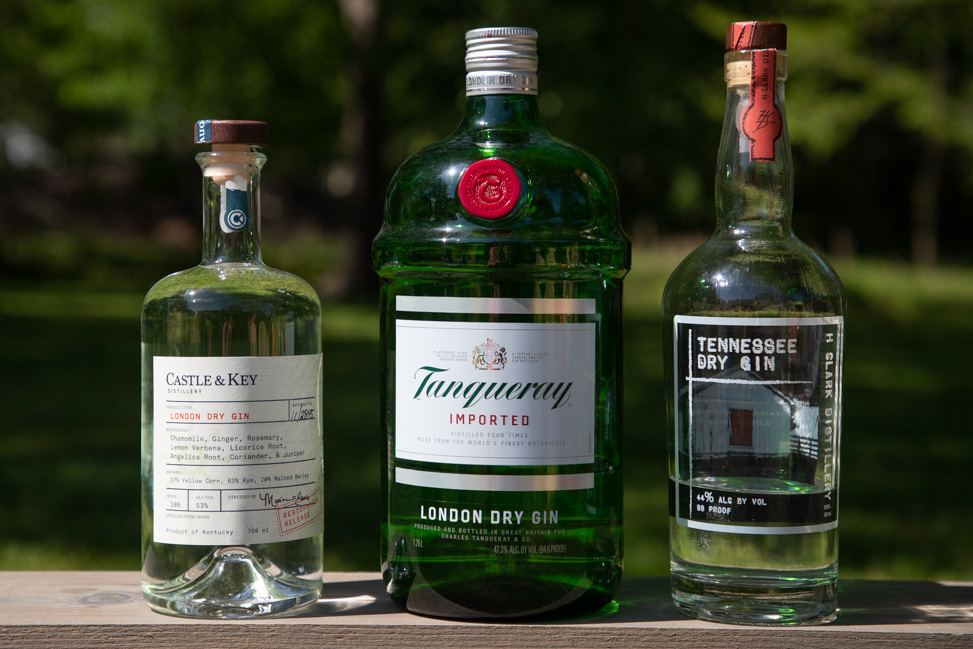
When it comes to gin, I’ll stress two things: 1) don’t go for the cheap stuff and 2) you may have to do quite a bit of research to find a gin that fits your palate; it took me until I was 30 until I truly appreciated gin, and now it’s right up there with bourbon in my book.
As far as tonic water goes, I gravitate toward Fever-Tree, which you can get at most liquor stores and many supermarkets like Publix. My favorite is the elderflower tonic if I’m not adding anything else to the drink. Typically, a gin and tonic is one part gin to three parts tonic, but I usually free-hand this, pouring a couple ounces of gin over a block of ice and then filling to the top with tonic, stirring and adding more gin (or tonic) to taste.

In British fashion, gin and tonics are typically served in a Copa de Balon, which is a balloon-like goblet; since I own none of those, I pull out the deepest, most wide-rimmed red wine glasses I have on hand when I want to impress my guests. If you have access to block ice, it’s better than small ice cubes, which tend to melt more quickly and water down your drink. No one wants a watered-down drink!
I have spherical ice molds, but sometimes they’re hard to get the cubes out of, so I recently switched to these silicone ice trays for whiskey and am much happier with my ice selection.
How to spice up your gin and tonic
Now, to the fun part! Just because gin and tonic only contains two ingredients doesn’t mean you can’t spice it up and add your own spin. Thanks to our time spent in England—and at other cocktail bars across the world with a flair for the dramatic—I’ve started classing ours up a bit with various herbs and fruits. The one ingredient you’ll need for all of these is whole juniper berries, which thankfully are available via Amazon.
Blood orange G&T
- Dry gin
- Indian Fever-Tree tonic water
- Juicy blood orange slices
- Juniper berries
- Peppercorns
You could muddle the blood oranges in the bottom of the glass if you wanted a stronger flavor, but I found that our blood oranges were juicy enough to just add a touch of flavor without being overwhelming. We’ve also tried this with dehydrated blood orange slices, but I prefer a bit more flavor.
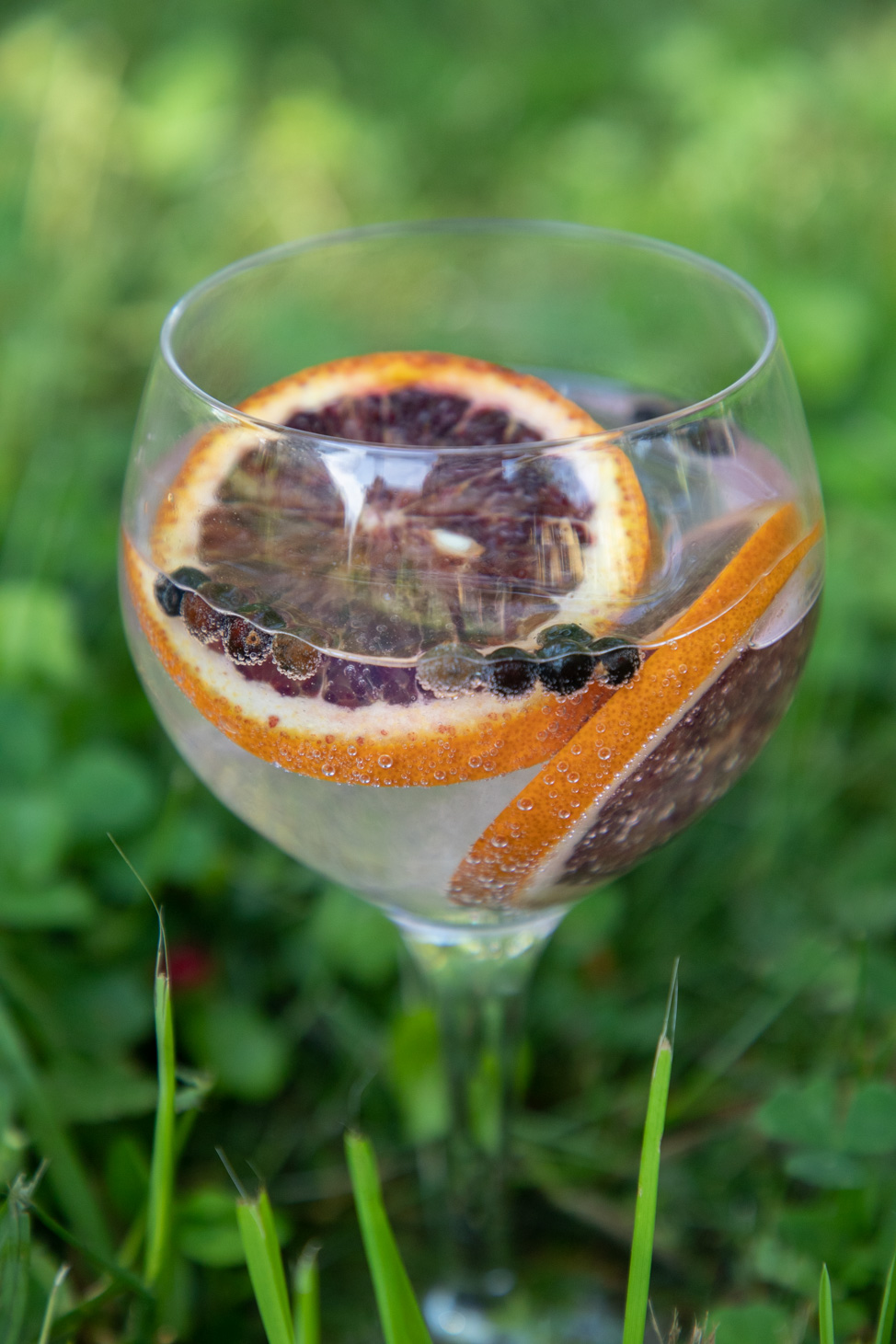
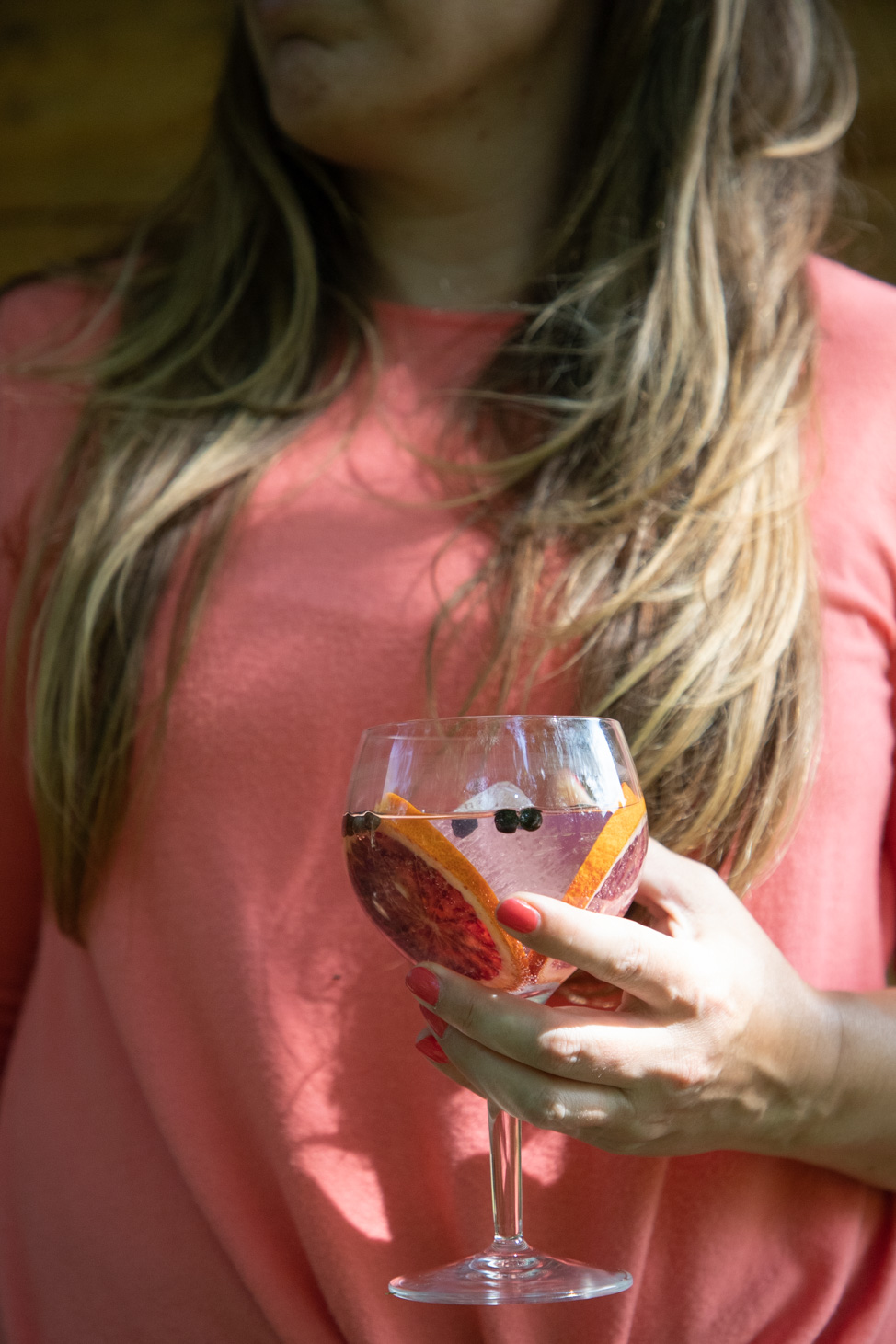
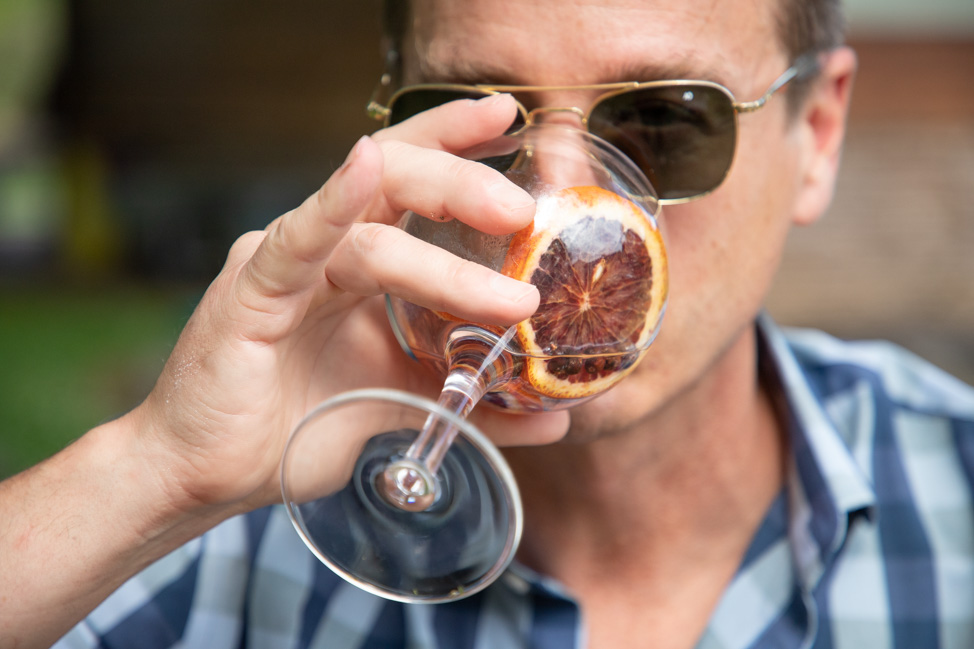
Grilled lemon G&T
- Dry gin
- Citrus Fever-Tree tonic water
- Grilled lemon slices
- Juniper berries
- Peppercorns
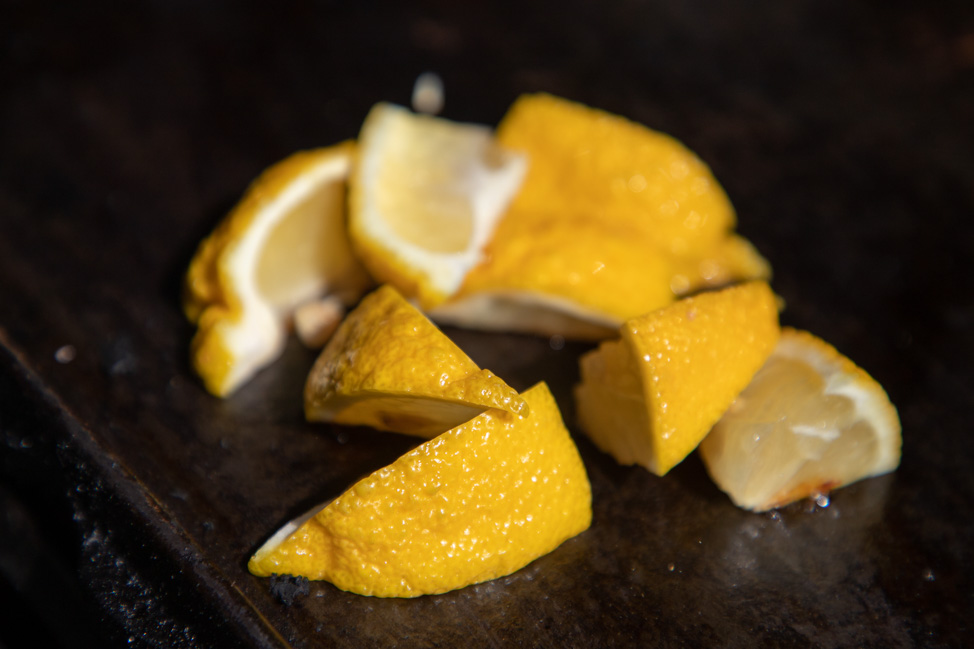
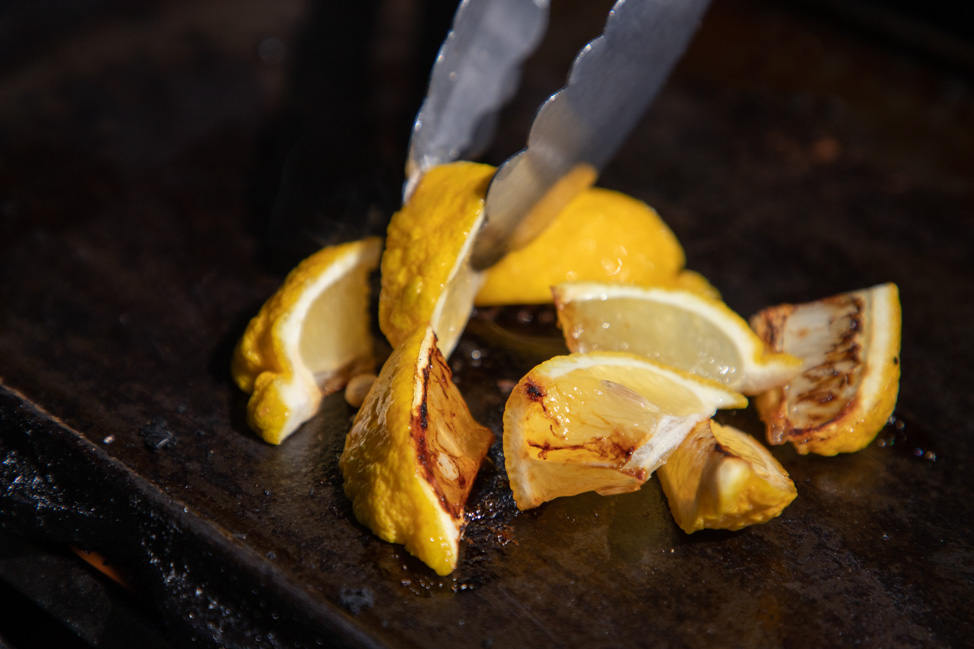
For this variation, the first step was SVV cutting up a lemon and grilling it, before letting it cool then adding to the gin and tonic, as well as rosemary (my favorite herb!) and the berries and peppercorns.
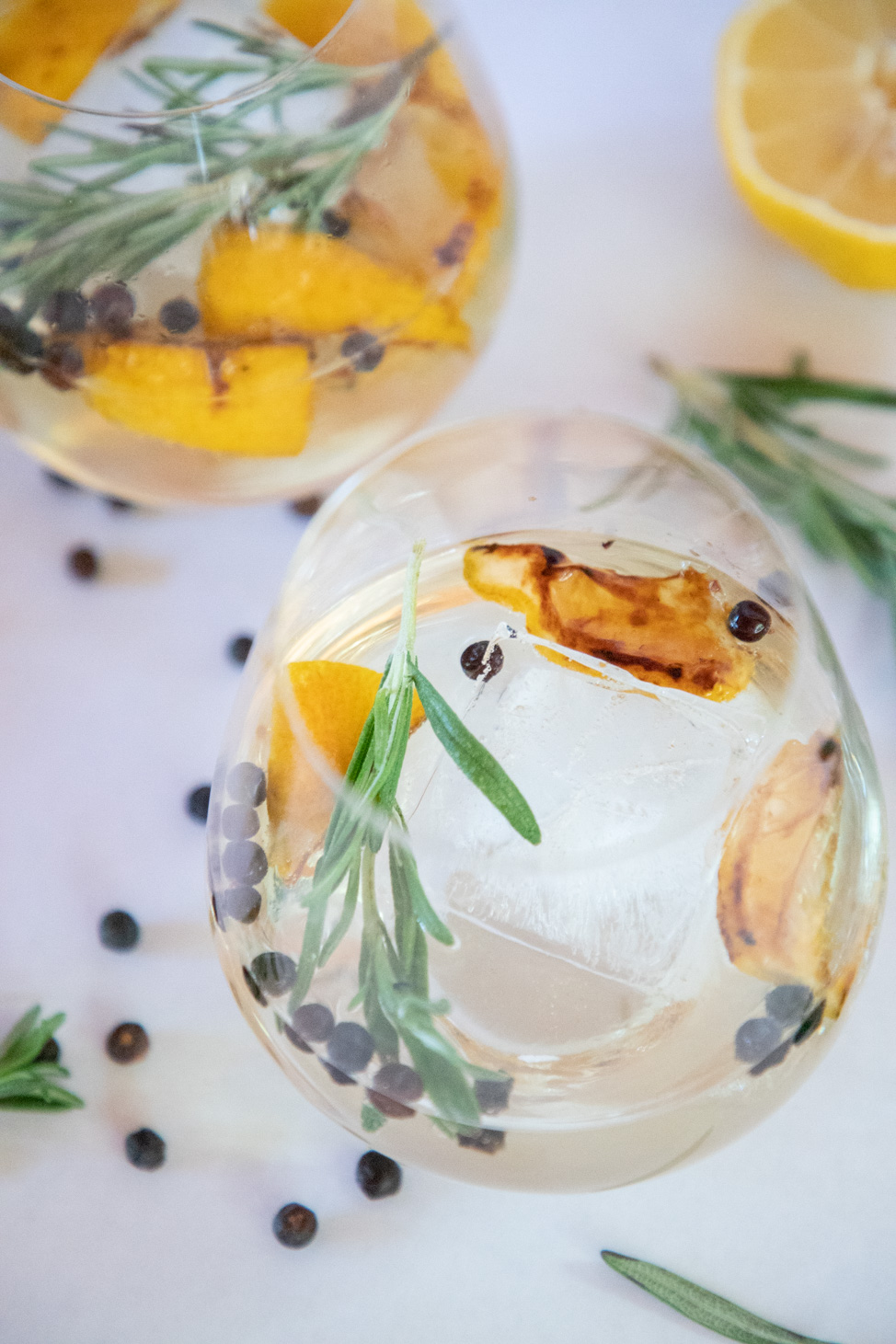
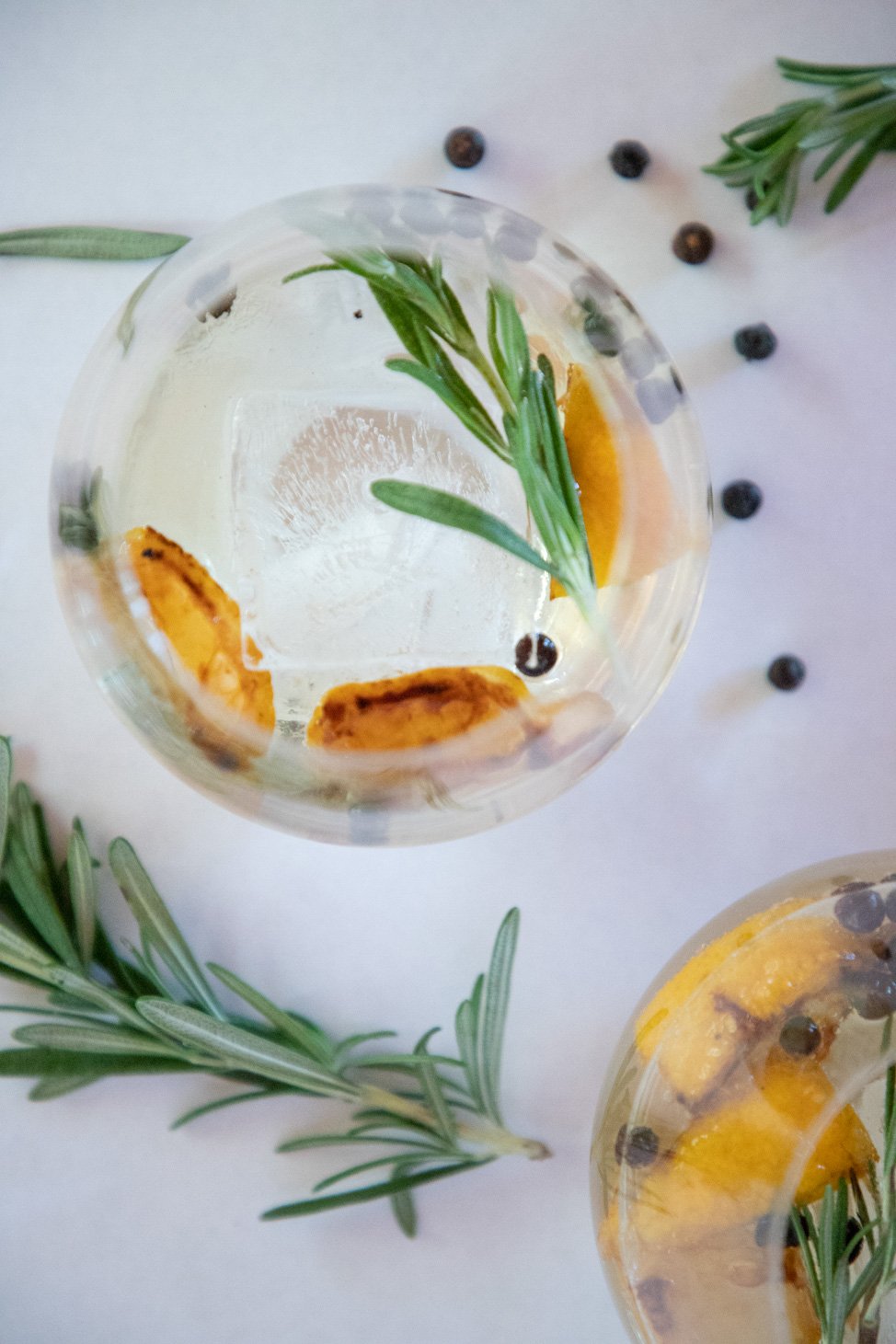
Mint and lime G&T
- Dry gin
- Citrus Fever-Tree tonic water
- Lime wedges
- Juniper berries
- Fresh mint
- Peppercorns
For the most refreshing G&T, stick to the basics-ish and just add lime wedges and a few sprigs of mint, as well as your spices (juniper and peppercorn), and you’re good to go.
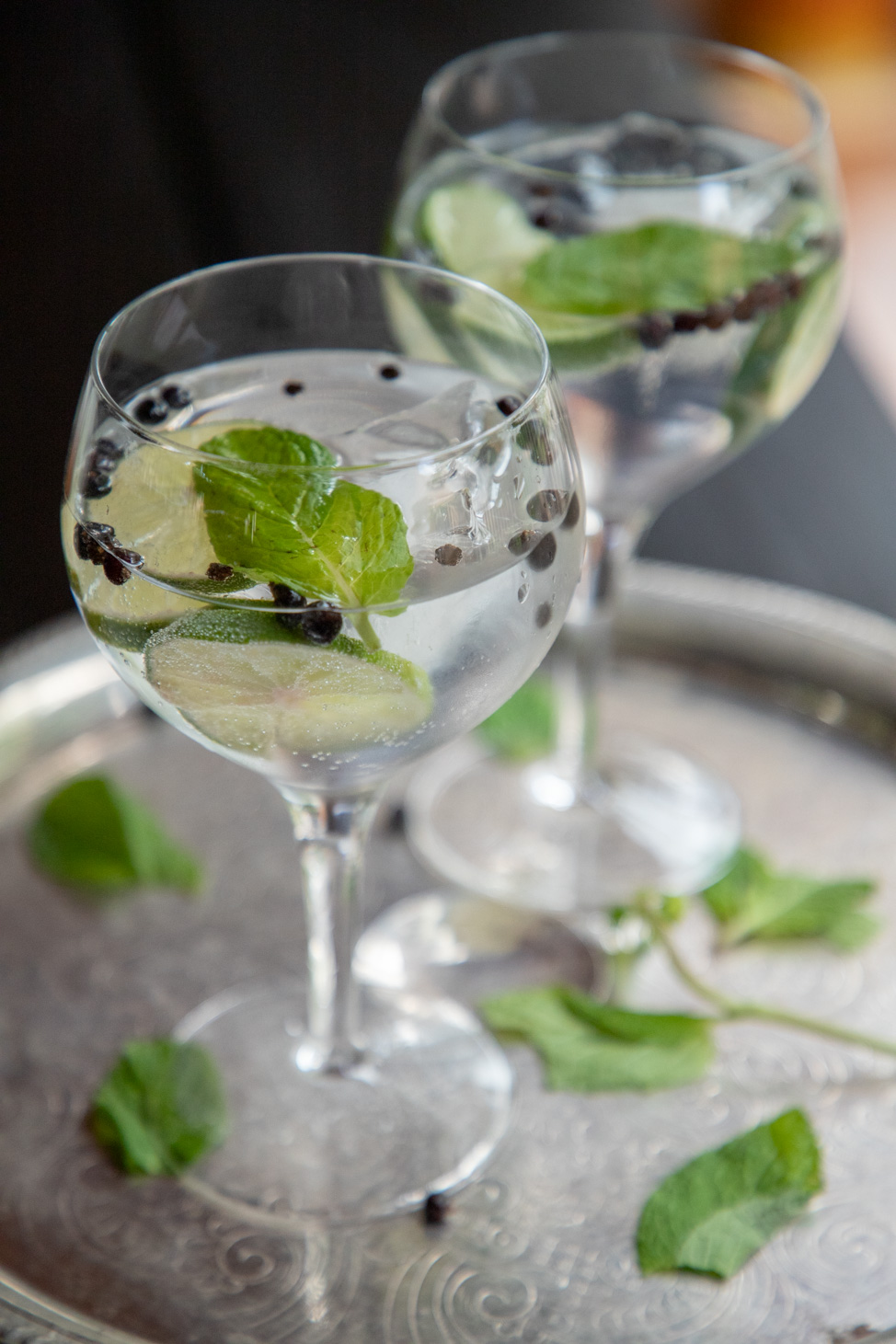
As you can see, the G&T could not be easier to make and you can customize it based on what ingredients you have in your kitchen. What’s your favorite spin on a classic gin and tonic?
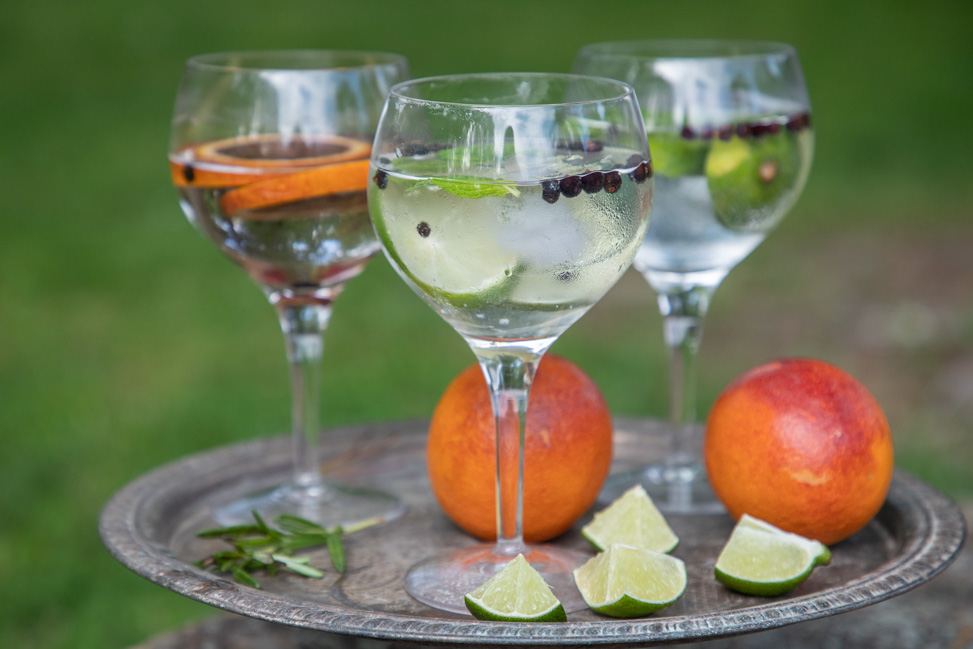
For more cocktails around the world, check out these recipes:
PIN IT! SAVE THIS POST FOR LATER
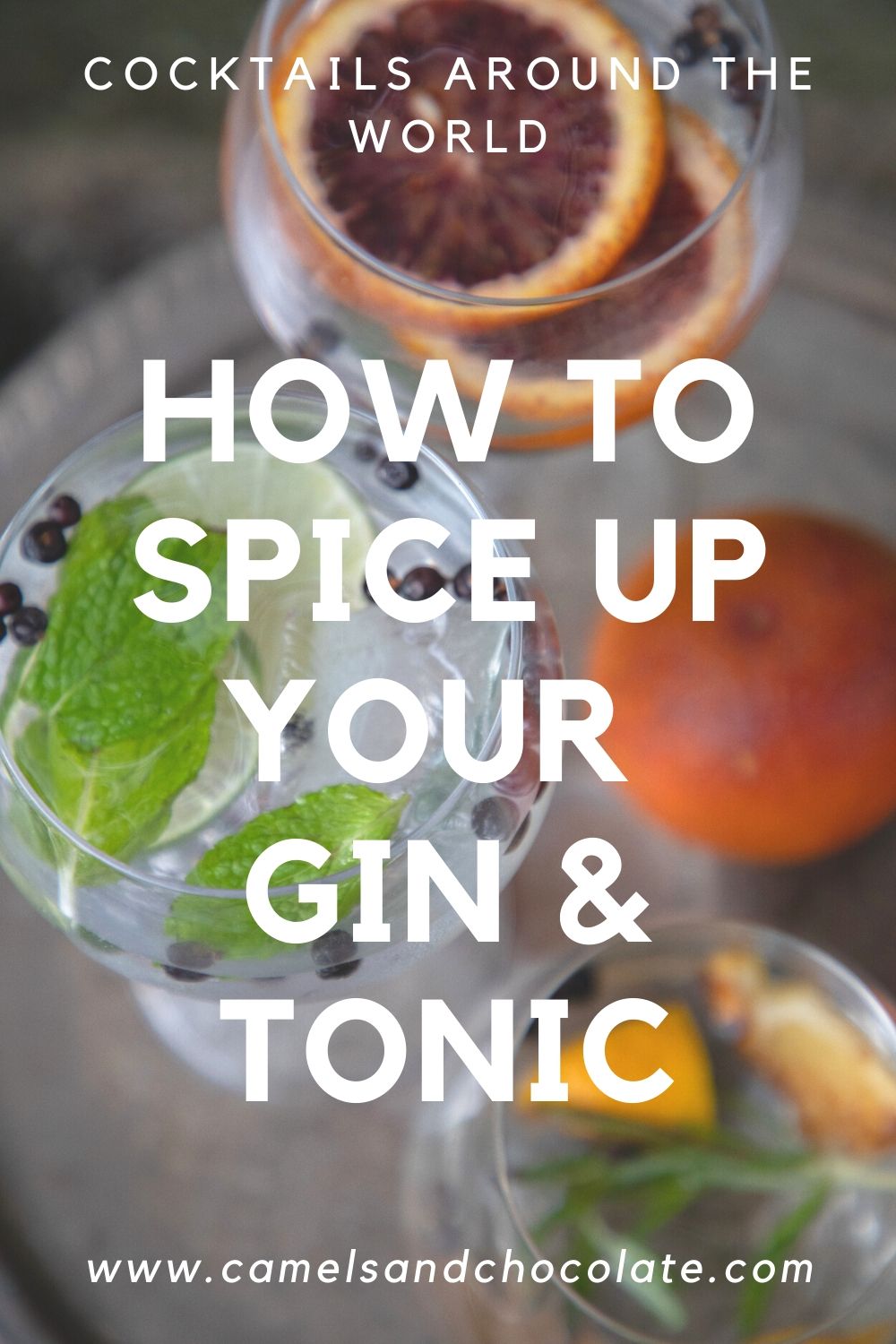
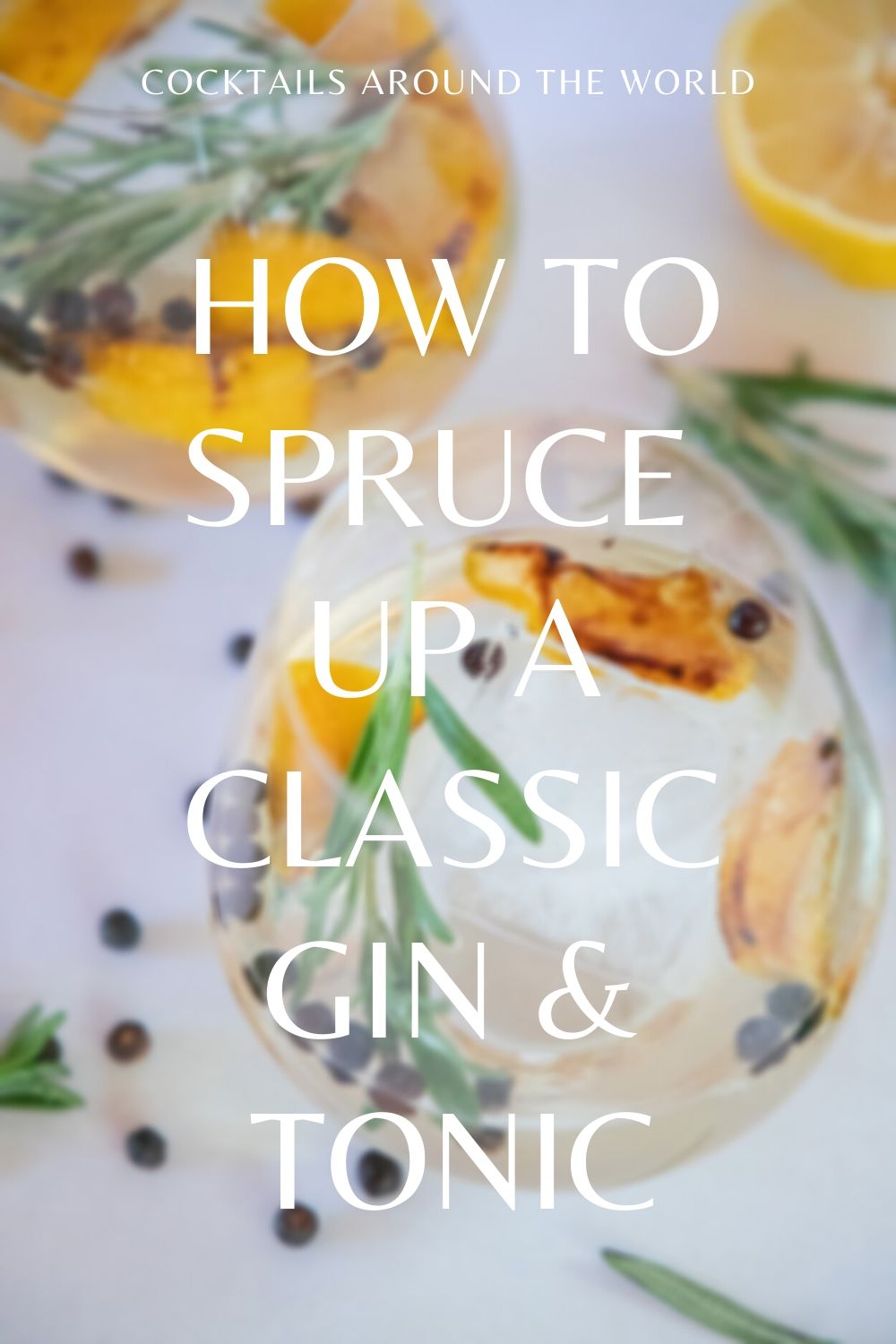
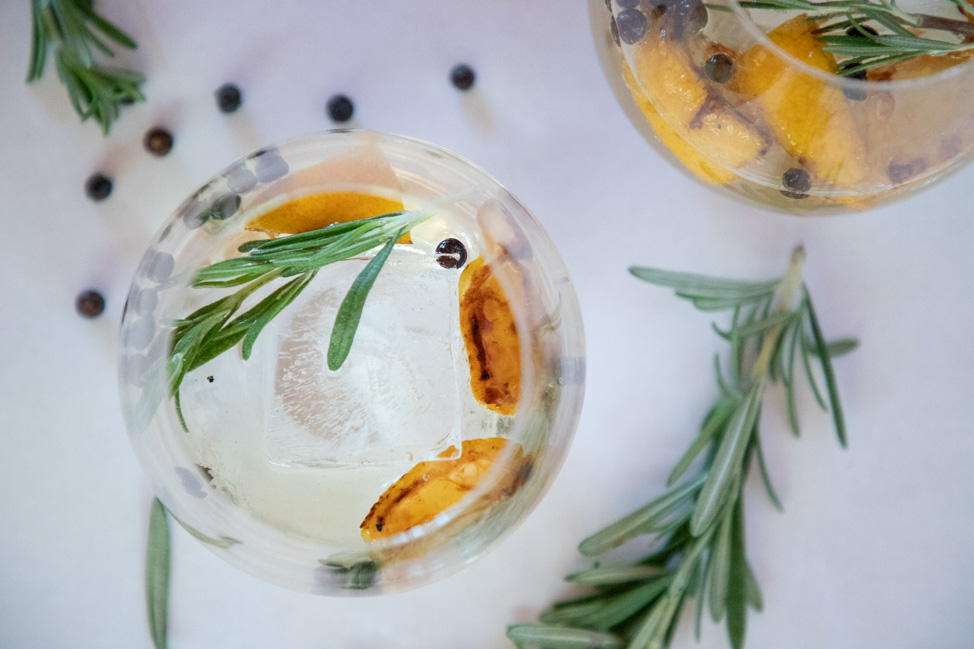
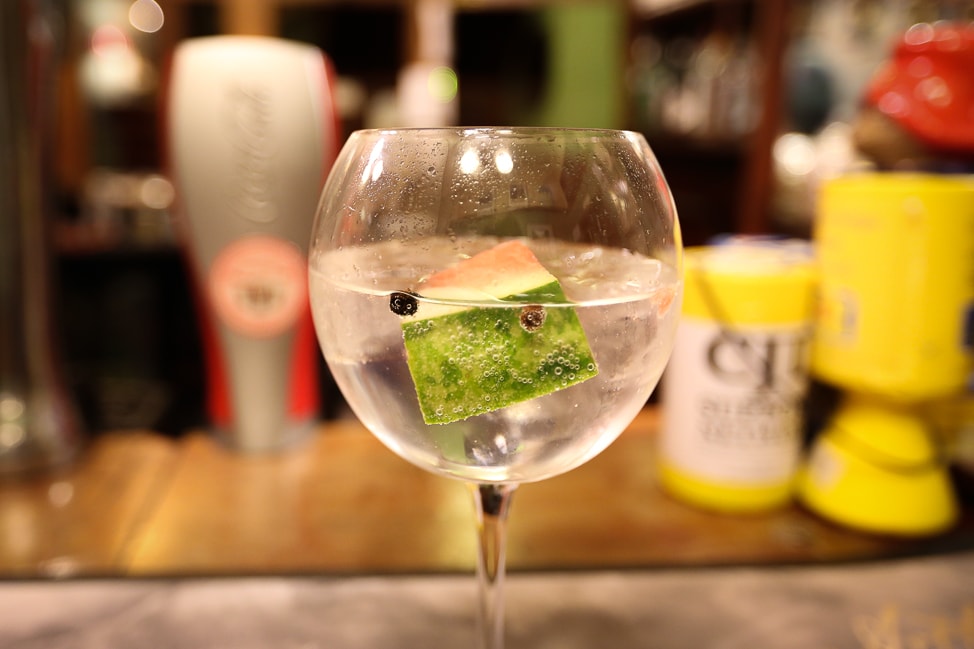
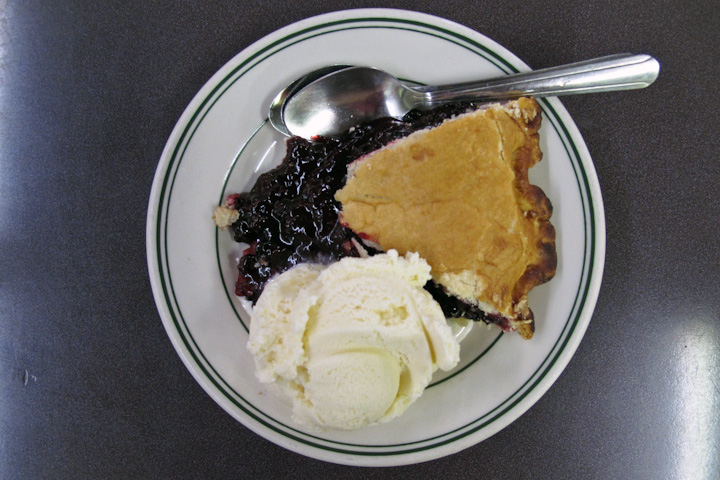
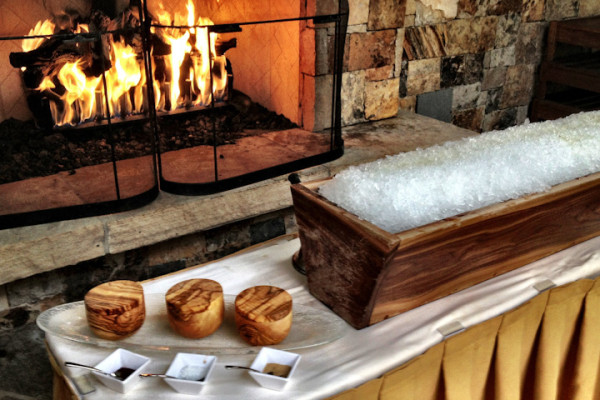
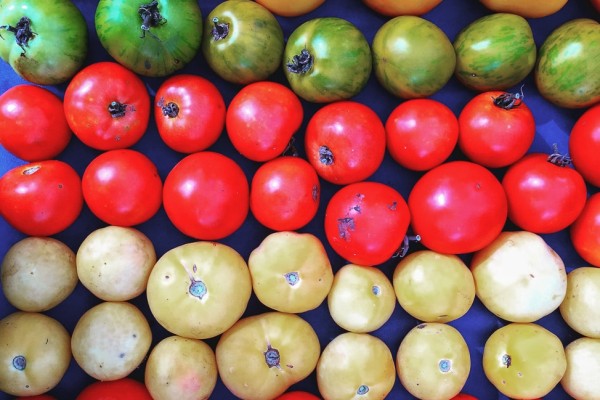
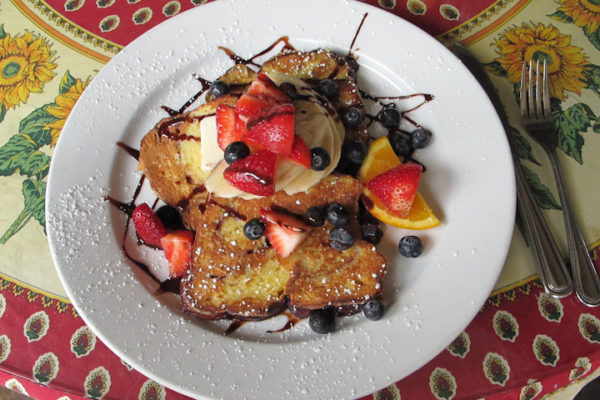










A squeeze of fresh lime juice and a nice wedge of grapefruit (pink if possible, as it looks so pretty) is the best G&T in my book!